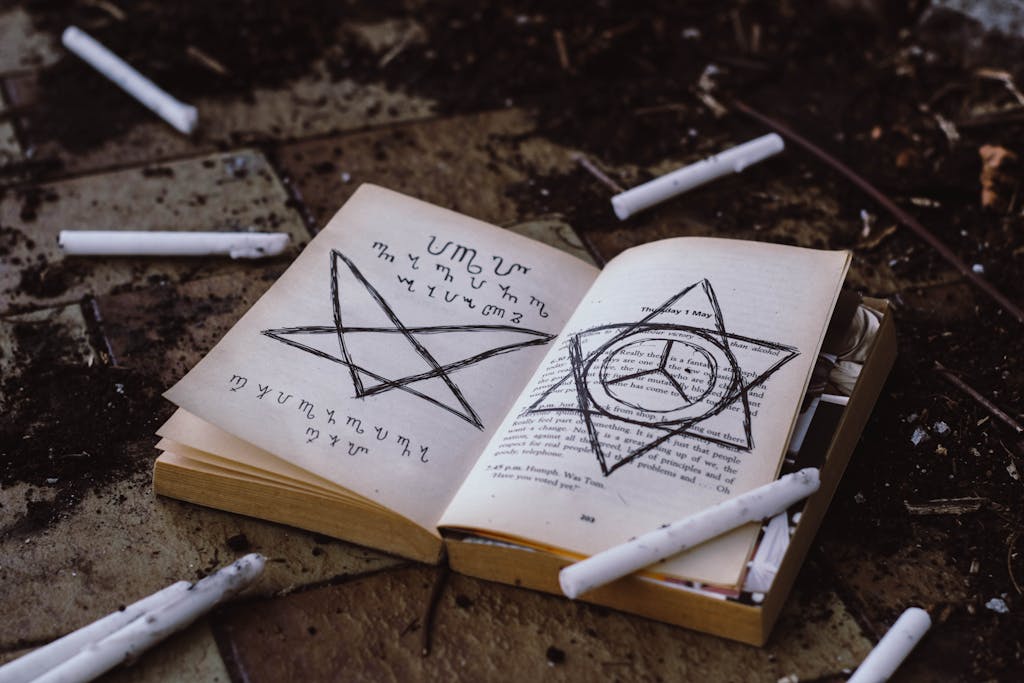A Pagan Teen Coming of Age Ritual
Table of contents

A Pagan teen coming of age ritual is meant to be a deeply meaningful event that celebrates the growth and individual journey of your young person.
Coming of age traditions exist all over the world. Some are mild, such as the Hispanic Coming of Age Tradition called Quinceanera, which involves a Catholic mass where a girl renews her baptismal vows and solidifies her commitment to her family and faith.
Others are extreme such as the Sateré-Mawé tribe’s coming of age tradition called Bullet Ant Initiation. In this initiation, angry bullet ants are placed inside special gloves. Then each boy participating in the initiation has to wear those gloves for ten full minutes without flinching while the ants bite. Note that it’s called a Bullet Ant initiation because each ant’s bite is comparable to the pain inflicted by a bullet wound.
Thankfully, your Pagan teen’s Coming of Age Ritual need not be a painful event. In fact, once the tradition is established, most Pagan teens look forward to their own. Here is one example of one such ritual that can be personalized to reflect the beliefs and values of your teen and your particular community—be that family or coven.
It goes without saying that each community will use different words tailored to their own set of beliefs. The one I outline here is just one example of what a “Wiccan” ceremony might sound like. Feel free to adjust everything to suit your family’s style and values.
Preparation for the Coming of Age Ritual
1. Consultation with the Teen:
You will want this to be a deeply personal event, so speaking with the teen ahead of time is essential. Begin by asking questions to understand their beliefs (are they the same as yours or different?), aspirations (What’s next for them in life?), and what they hope to gain from the ritual (new responsibility? respect?) . This will help in tailoring the ceremony to be relevant and special to them.
2. Involving the Community:
This particular ritual often involves family members, close friends, and community elders. Everyone who plays a significant role in the teen’s life should be invited to participate. If there is a coven involved, all of the members can play a role. Assign different rolls or speaking opportunities to each.
3. Select a Sacred Space:
Choose a location that holds spiritual significance — a forest clearing, a beach, a designated circle in your home or garden, or any place where the teen feels connected to nature and the divine. It is a good idea to allow them to choose the location, with the understanding that using the space chosen doesn’t break any laws and that it must allow the size group you believe will attend.
Note! This post contains links to businesses we are proud to affiliate with. This means that, for your convenience, we have directly linked to an outside website, such as Amazon, and in exchange for doing so, we may–at no additional cost to you–receive a referral fee from that website, should you make a qualifying purchase. See our full affiliate disclosure here.
4. Tools and Symbols:
Next, gather items such as candles, a chalice, incense, crystals, and symbols of the elements (earth, air, fire, water). Personal items that represent the teen’s journey, such as photos, video, a journal can be displayed or broadcast. Typically there is a symbolic or special piece of jewelry incorporated in the ceremony.

The Coming of Age Ritual
1. Opening Circle:
– Casting the Circle: Begin by casting a sacred circle to create a protected space.
– Statement of Purpose: The high priestess or parent or other Elder or facilitator then announces the purpose of the gathering, emphasizing the significance of the rite of passage and the transition the teen is making. Use words that are authentic to you and your family.
2. Invocation:
– Calling the Quarters: Perhaps certain individuals invited to participate in the ceremony may call upon the four directions — North (earth), East (air), South (fire), and West (water) — inviting their energies to join and support the rite.
– Invocation of Deities: Invoke any specific gods, goddesses, or spiritual entities that the teen and the community work with to bestow blessings and guidance. Each of the participant’s you chose (or a designated few) can call upon the elements or deities they resonate with, inviting these energies to witness and bless the occasion.

3. The Journey Reflection:
– Life Review: Elders and family members open by sharing stories from the teen’s youth. Later, the teen is invited to reflect on their journey so far. They can share their thoughts, accomplishments, challenges, and aspirations.(Insure that they’ve prepared for this ahead of time so that they are not tongue-tied by this requirement. Have them stop their story at the present day.)
– Symbolic Gesture: Elders may now give bits of wisdom to the teen for their continued growth, followed by a symbolic gesture, such as planting a tree, creating a piece of art, or lighting a candle, which can represent the teen crossing over into the new chapter in their life.
4. Rite of Passage for Coming of Age:
– Declaration: At this point in the ceremony, the teen can make a declaration or pledge, stating their intentions and what they wish to manifest in this next phase of their life.
– Anointing and Welcoming: Anoint the teen with oil or water, symbolizing purification and rebirth. The community formally welcomes them into adulthood with a group affirmation or cheer.
5. Gifts and Blessings:
– Presentation of Gifts: At this time, each guest may give the teen a meaningful item that symbolize their new status. These could be a precious stone, a piece of jewelry, or a special book. Each gift can be accompanied by a spoken blessing from the giver.
– Community Blessings: Participants are invited to express their best wishes and blessings for the teen’s future. (We like to record this section to send to the teen later, when they leave for college or make some other big step out into the world.)

6. Closing the Ritual Circle
1. Closing the Circle: Begin by thanking the deities, spirits, and elements for their presence and blessings. Close the circle by walking anti-clockwise, imagining the boundaries dissolving back into the surroundings.
7. Feasting and Celebrating the Teen’s Coming of Age:
– Conclude the ritual with a communal meal. Celebrating together strengthens bonds and welcomes the teen into their new role within the community.
8. Conclusion
– Final Thoughts: The facilitator can share final insights or words of wisdom, reminding the teen that this Coming of Age Ritual is just the beginning of their continuous growth and development.
By creating a family tradition of coming of age rituals grounded in Pagan traditions, you provide a memorable and empowering experience that honors your teen’s journey and supports them as they step into adulthood. This rite of passage is more than an event; it is a sacred affirmation and celebration of life, transformation, and community. Enjoy them!
Don’t forget to keep an eye on my Grimoire for more rituals and spells.

